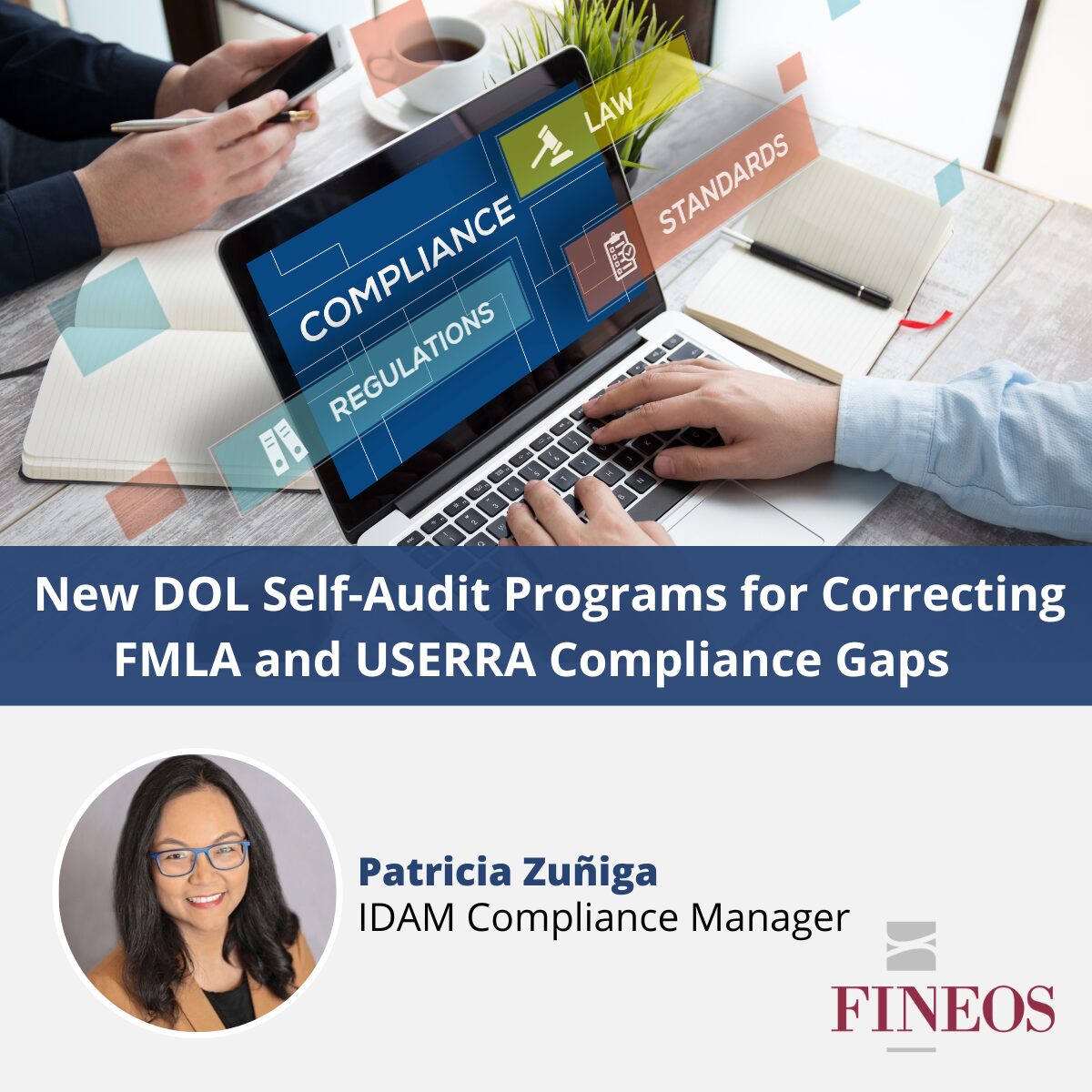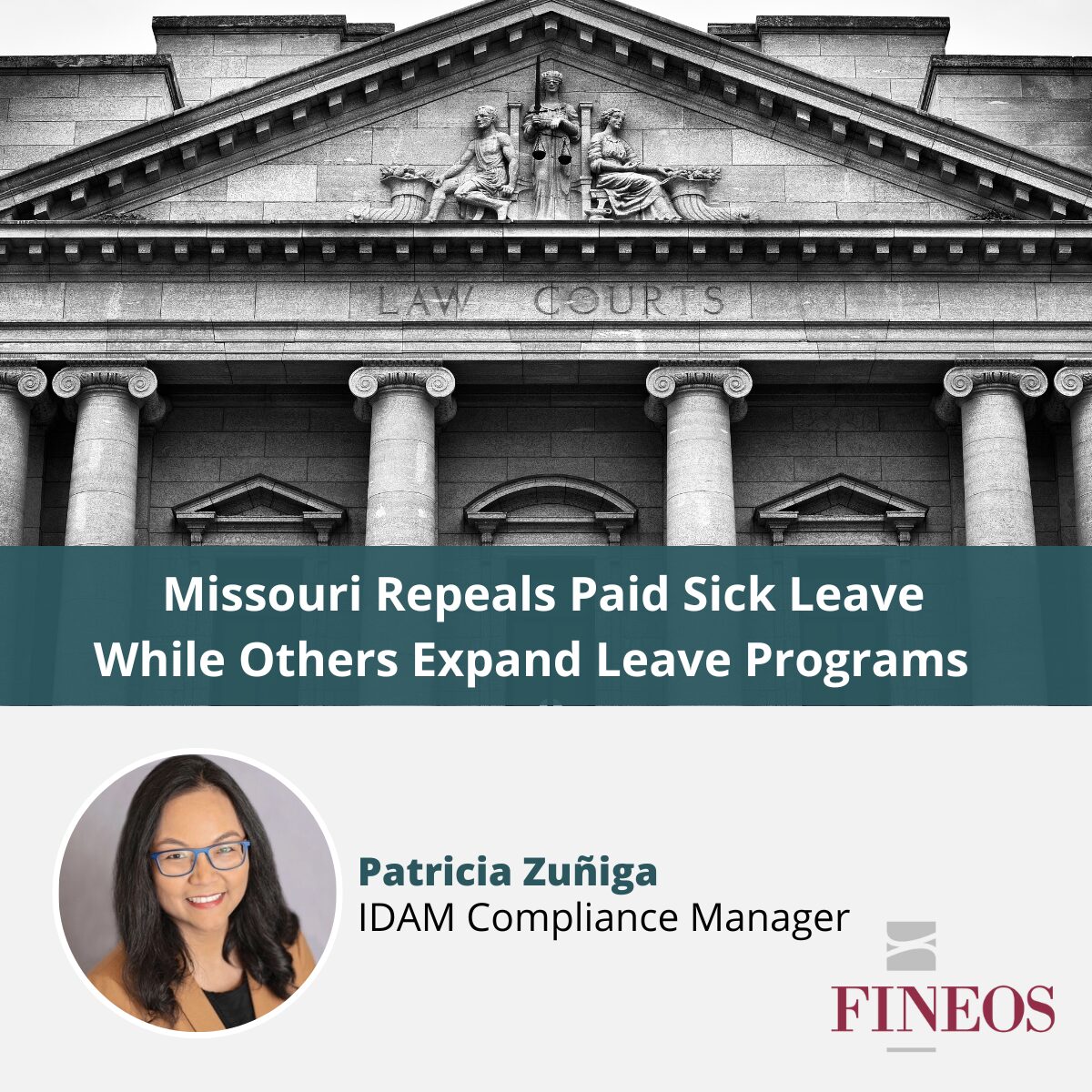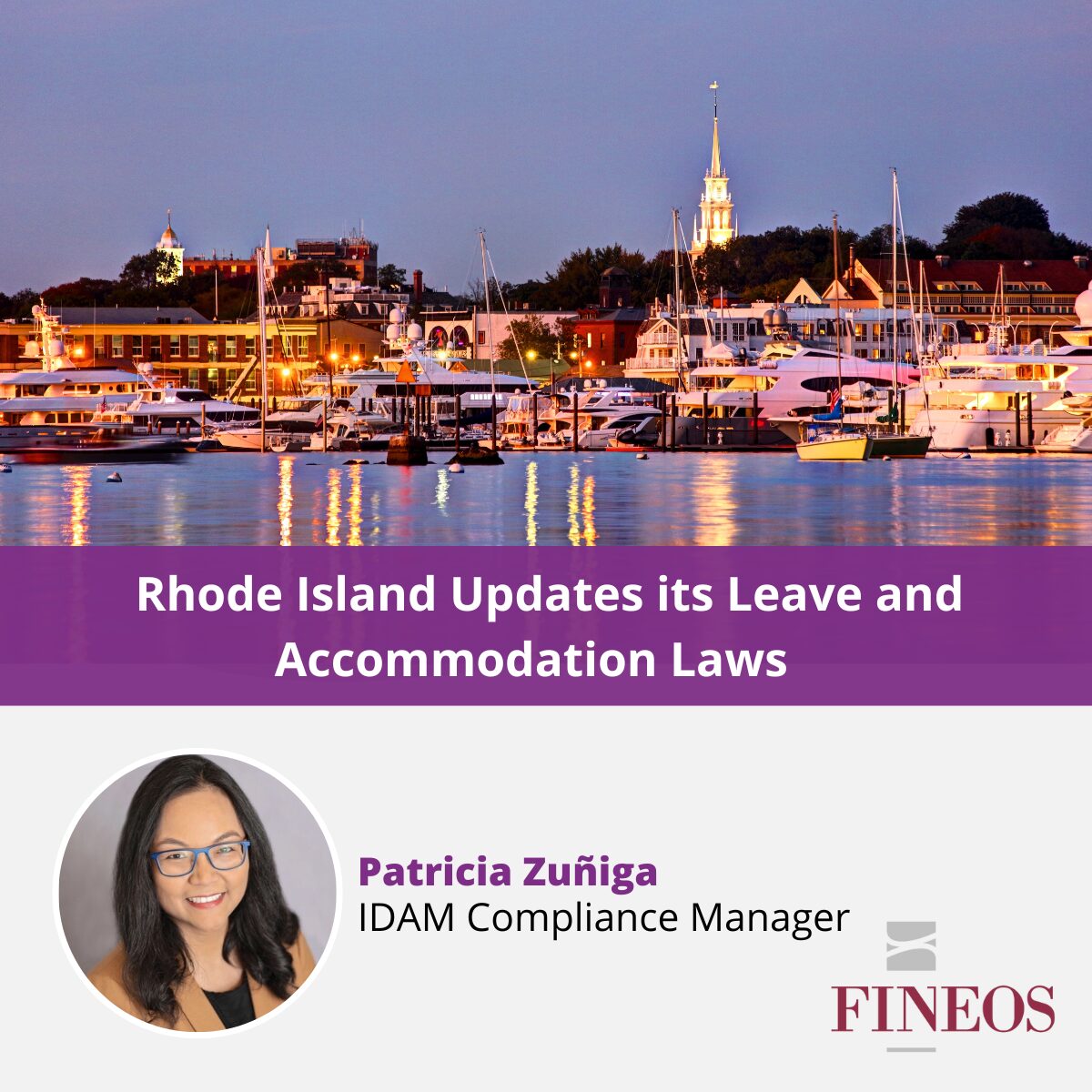Continuing with our state leave updates, we now turn to Maine, which has enacted several important changes to its paid leave laws for 2025. Here’s what you need to know to Maine-tain compliance:
Paid Family and Medical Leave (SP 383)
Intermittent leave. Employees may take intermittent paid leave in full workday increments unless they and their employer agree to a smaller increment, but in no case can leave be taken in increments smaller than one hour.
Delinquent premium contributions, penalties and assessments. If an employer fails to pay the required premium contributions and has no remaining appeal options, the state may enforce collection through civil lawsuits or by levying third parties holding the employer’s assets. If an individual or business acquires another business or a substantial portion of its assets, it becomes liable for any unpaid premium contributions, penalties, or assessments owed by the previous employer, up to the reasonable value of the organization, trade or business or assets acquired.
Violations of private plans. If an employer lets their approved private paid leave plan lapse, they will be subject to a fine equal to the premiums they would have owed to the state fund during the lapse plus an additional penalty of 1% of their total payroll for that period. Employers cannot pass this cost on to employees by deducting it from their wages.
PFML Bureau. The Maine Department of Labor will formally designate a Bureau of Paid Family and Medical Leave to administer the PFML program.
Report on PFML revenues. In addition, the legislature passed a resolution directing the DOL to submit a report no later than January 15, 2026 to study methods of protecting PFML program funds. This was originally introduced as a constitutional amendment which would have required voter approval via referendum.
Earned Paid Leave (HP 19)
Employers should ensure that accrued and unused earned paid leave from the previous year is available for use in the following year, and that this carryover does not reduce the amount of leave an employee is entitled to earn, which is up to 40 hours or the accrual limit set by the employer’s policy, whichever is greater.
Most provisions of the Earned Paid Leave law remain unchanged, i.e. the accrual rate remains 1 hour of earned paid leave for every 40 hours worked and employees can use up to 40 hours of leave in any defined year.
This change is effective 90 days after the end of the legislative session, or on September 23, 2025.
Pending Legal Challenge to PFML Program: What’s Next?
While still not final, we would be remiss if we didn’t point out the ongoing legal challenge to Maine’s PFML program. A group of employers has filed a lawsuit against the state, arguing that the DOL’s rules requiring contributions to the public fund before businesses can opt out with private plans are inconsistent with the law’s original intent and create a financial burden. The case is currently under review by the Maine Supreme Judicial Court, and its outcome could influence how the program is implemented.
FINEOS can help with your state leave programs
Using modern insurance technology solutions like the FINEOS Platform can help insurance carriers and employers remain compliant when leave legislation is revised and new leave programs are enacted by governing jurisdictions. Learn more about how a modern, integrated disability and absence management (IDAM) solution can help your organization adapt to this rapidly evolving market and remain in compliance.


